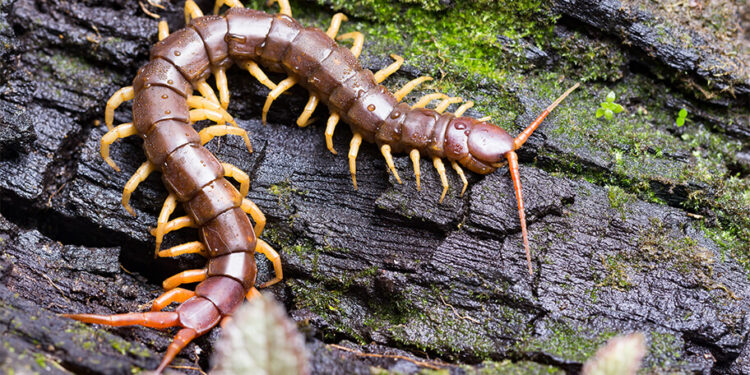[ad_1]
Top 10 Insects You gained’t Believe Exist! Scattered all through the world are these unbelievable creepy-crawly wonders that look to this point on the market that they may go for aliens. Whether outsized or visually advanced, these are 10 bugs you gained’t imagine exist right here on planet earth.
10. Titan Beetle
The titan beetle is a Neotropical longhorn beetle, the one member of the genus Titanus, and one of many largest bugs recognized. When threatened, these monumental beetles hiss, but they don’t seem to be aggressive. They defend themselves with razor-sharp spines and jaws highly effective sufficient to interrupt a pencil, injury a plastic ruler, or slash somebody’s flesh. So don’t annoy the titan beetle.
9. Puss Moth Caterpillar
Asps are the caterpillars of the Lepidoptera order of puss moths. They are one among North America’s most toxic caterpillars. Venomous hairs turn into implanted within the flesh when a puss moth caterpillar brushes or is compelled in opposition to it. Envenomation causes extreme throbbing ache, burning, and an erythematous rash.
8. Hercules Beetle
The Hercules beetle isn’t just one of many world’s largest bugs, however it’s also one of many heaviest. Long horns develop from the males’ brow and the middle of their our bodies. They kind the form of pincers or a claw after they come collectively. Hercules beetles, like different rhinoceros beetles, devour fruit, notably fruit that has fallen from the tree and decayed barely, making it less complicated for the insect’s chewing mouthparts to handle.
7. Assassin Bugs
An murderer bug pierces its prey with its small three-segmented beak after which sucks the physique fluids from its victims. As helpful as murderer bugs are for defending your backyard vegetation, these pests could assault and chew people and animals with out provocation, piercing the pores and skin with their sharp beaks.
6. Devil’s Flower Mantis
Idolomantis is a genus of praying mantises within the Empusidae household. Idolomantis diabolical, usually often called the satan’s flower mantis or monumental satan’s flower mantis, is the one species that represents it. It is among the largest praying mantis species and arguably the most important that mimics flowers. The Devil’s Flower Mantis eats solely flies.
5. Brahmin Moth Caterpillar
Brahmaeidae is a household of bugs within the order Lepidoptera which are often known as Brahmin moths. It contains species that had been previously categorized as Lemoniidae. Although they don’t seem to be harmful to you in any manner, they look like monsters despatched to frighten the remainder of the animal kingdom. They eat elderberry in captivity as effectively. They can counteract the plant poisons generated by Ligustrum.
4. Scorpionfly
The scorpionfly is an unusual-looking bug that could be present in gardens, hedgerows, and alongside forest margins, notably amongst stinging nettles and brambles. The scorpionfly will not be harmful to individuals and performs an essential position in nature as a scavenger.
3. Giant Weta
There are a number of species of big weta within the genus Deinacrida of the Anostostomatidae household. Since people started altering the New Zealand ecosystem, most enormous weta populations have declined. Except for one big weta species, all are legally protected since they’re on the verge of extinction.
2. Twisted-Wing Parasite
Twisted wing parasites are an order of bugs that consists of 9 residing households and over 600 recognized species. Endoparasites in different bugs embrace bees, wasps, leafhoppers, silverfish, and cockroaches. Females of most species by no means depart the host’s physique after getting into it, finally dying inside it.
1. Brazilian Treehopper
The Brazilian treehopper is an insect species within the treehopper household. Its head accommodates distinctive appendages. Bocydium could also be discovered everywhere in the world, though they’re commonest in Africa, North and South America, Asia, and Australia. The nymphs eat the undersides of the leaves. They are often called “sap-sucking” bugs as a result of the nymph feeds on the sap of the leaves.
[ad_2]












